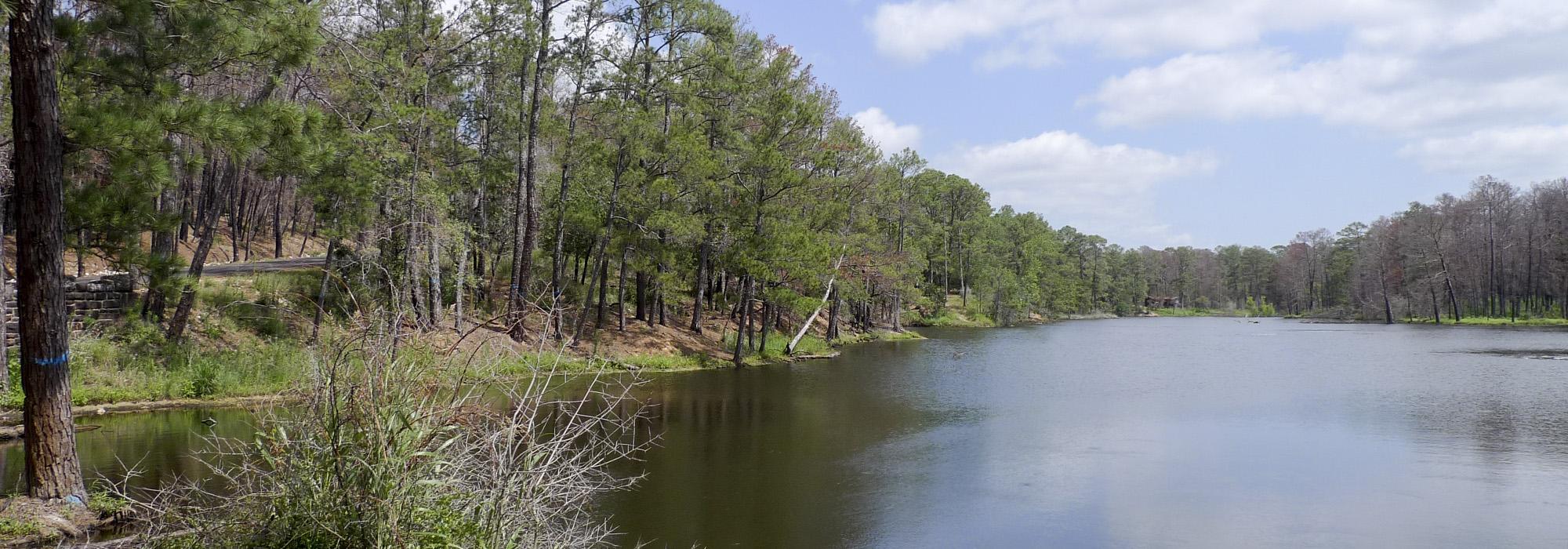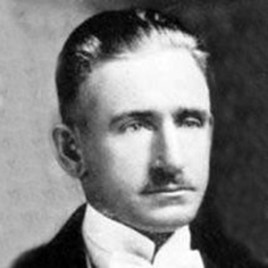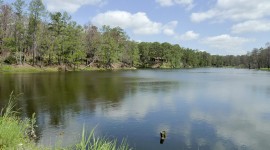Pioneer Information
Born in Gainesville, Texas, Bone earned a degree in civil engineering in 1915 from New Mexico A&M College. Enlisting in 1917, he served in Europe as an Army pilot until he received a medical discharge in 1920. In 1923 he earned a degree in landscape architecture from Texas A&M College.
Bone spent his early career as a landscape designer and engineer for McGinnis & McGinnis Landscape Architects in Dallas, Texas. In 1927 he rejoined the military, serving in the Air Force, where he would earn the rank of captain. While on active duty he was appointed supervising landscape architect and landscape engineer for Randolph Air Force Base in San Antonio, Texas. Concurrently, from 1929 to 1933, he supervised the landscape design for Barksdale Air Force Base in Shreveport, Louisiana.
In 1932 Bone left the military to become a landscape architect for the National Park Service in Austin, Texas. He took the job at the height of the Civilian Conservation Corps, a New Deal program which led to a surge of development in the Texas State Park System. He was involved in the design of Balmorhea State Park and, later, was superintendant of Bastrop State Park. With the onset of World War II, he left the park service to join the Army Corps of Engineers. At the war’s conclusion, he returned to Austin and joined the Texas State Parks Board as a supervisor, where he worked until his retirement in 1963.





